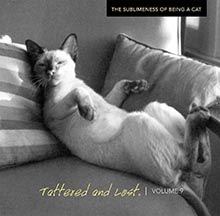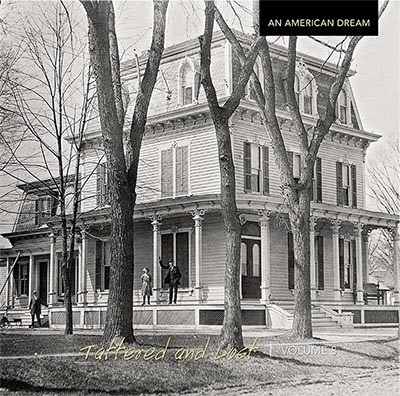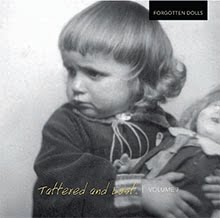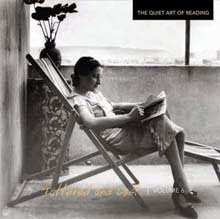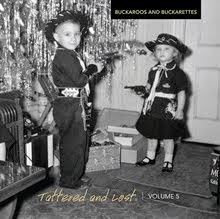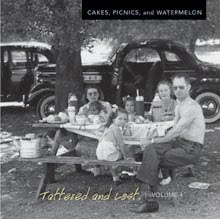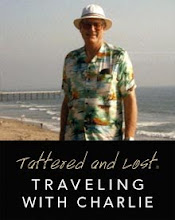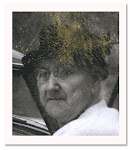I have again been away, but this time it is due to lack of net access. This happens every so often when I reach my bandwidth limit which is actually quite small. The downside of satellite internet. It's very expensive and unless you pay even more through the nose your access is limited. Within a week I'm hoping I can get back on. Until then I post this one shot for Sepia Saturday.
This was purchased at an antique store. I was taken by the handsome young man in the ruins of a cabin. Nothing is written on the back, but looking at the evidence I believe that the roof caved in following a very heavy snow load. I've seen cabins like this more than once. Our snow load in the Sierra's, on the western slope, can be incredible. We get the first snow to hit the state and thus the most water. The beams that were in my folks cabin were huge because of the load they were expected to bear. The cabin was just down from Donner Summit. If you know your history of those who came across country to California by wagon you'll know the story of the Donner Party.
An odd photo with a place seemingly frozen in time in ruins. I love it. Click on it to see it larger.
Unfortunately I will not be able to comment on other Sepia Saturday posts this weekend, but trust there will be some very interesting images to ponder. I'll just have to wait and see them later.















